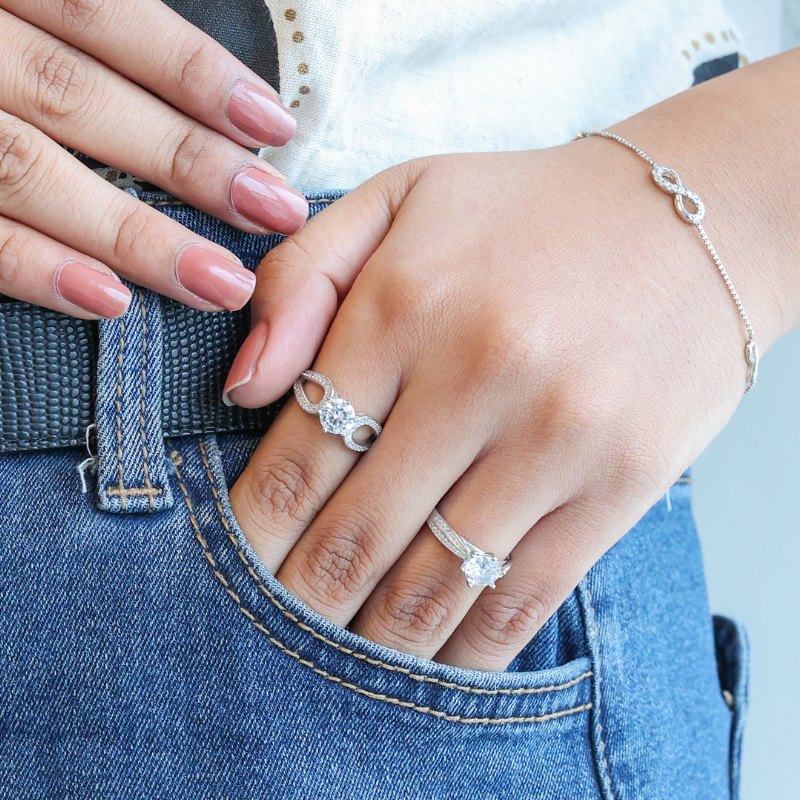1. Supply & Demand Imbalance
Globally, the supply of silver is structurally constrained: about ~70% of silver is a by-product of mining other metals (like copper, lead, zinc), meaning silver output cannot quickly ramp up when demand jumps.At the same time, demand — especially industrial demand — has been rising strongly: silver is used in solar panels, electronics, electric vehicles/EVs, etc. In India in particular, demand surged during the festival season and retail/investment demand, while imports fell. The result: shortages of physical silver, high premiums over global prices, and therefore sharp upward swings.
2. Macroeconomic & Currency Factors
The Indian rupee’s depreciation vs. the U.S. dollar makes imported silver (which India is heavily dependent on) more expensive in rupee terms, pushing domestic prices up.Global monetary policy matters: e.g., when interest-rates are cut (or expected to be cut) by the Federal Reserve, the dollar weakens, precious-metal prices (including silver) often rise.
3. Industrial vs. Investment Roles
Silver has a dual nature: part precious metal (investment/hedge) and part industrial metal (used in manufacturing). This dual demand makes it more responsive (and volatile) to changes in either investment sentiment or industrial activity. Unlike gold, which many central banks hold and which has more stable institutional demand, silver’s investment base is smaller and less “anchored”. This means fluctuations are amplified. For example, analysts at Goldman Sachs warn that silver is riskier than gold because of this.
4. Market Sentiment & Speculation
Investor sentiment plays a big role. In India, festival demand (e.g., for the festival of Diwali/Dhanteras) triggered rushes to buy silver jewellery & bullion, which pushed premiums high. Physical shortage (in some cases) meant that dealers/jewellers could charge a premium, which added to the swings. For instance: quotes of spot vs futures diverging strongly.
5. Geopolitical / Policy Triggers
Silver was added to the U.S. list of “critical minerals” in some drafts, which has triggered some strategic interest, tightening supply available for regular markets.
Global trade/tariff uncertainties and technological & energy transitions (e.g., solar, EVs) are influencing silver demand.
What’s Happened Recently in India
-
Domestic silver prices in India have soared: according to some reports, silver moved to over ₹1,00,000 per kg in early 2025 and further.
-
More recently, as of October 30, 2025, silver prices in India stood around ₹151 per g (₹1,51,000 per kg) — after some correction from higher levels.
-
Premiums in India (spot vs global) rose to as much as ~10% above global for physical metal because of tight supply.
-
At the same time, because of supply constraints and speculative flows, some corrections occurred: e.g., concerns of industrial demand weakening caused silver to drop in global markets.
Why This Matters for Silver Jewellery (And Your Readers)
-
For jewellery businesses / consumers: The price of raw silver is one of the cost drivers for silver-jewellery products. So sharp swings in silver prices → cost uncertainty.
-
For investors in bullion/silver bars: The volatility means that silver can both generate large gains and suffer significant corrections. The risk profile is higher.
-
For consumers: Jewellery bought when silver is costly might cost more; but also appreciation potential exists. But with a higher cost base, affordability becomes important.
-
For marketing content: The volatility itself becomes content — “why is silver price so high / changing so fast?”, “when is the right time to buy silver jewellery?”, “how to hedge jewellery purchase when raw material prices swing” are topics your blog can cover.
Learnings
-
Don’t assume silver is as stable as gold: Because of its industrial uses & smaller market, silver tends to swing more.
-
Timing matters: Buying jewellery during a rising raw-metal price phase might cost more; waiting might bring better pricing (but timing the market is hard).
-
Check premium & supply issues: For example, jewellery compared to bullion, local premiums, import duties, spot vs futures.
-
Industrial demand gives silver a different dynamic: Trends in renewable energy, electronics, EVs indirectly affect silver prices, beyond jewellery demand.
-
Currency and macro factors matter for Indian market: Rupee’s value, global dollar strength, import dependence.
-
Volatility means both risk & opportunity: Educate readers on both aspects — upside potential + downside risk.
Major Highlights
-
Introduction: Mention how silver jewellery buyers & makers are seeing raw material cost swings, why that’s important.
-
Flash-back: Show historical context — e.g., silver price in India was ~₹70,000-80,000/kg a few years ago, now it’s much higher.
-
Core Drivers: Go through supply constraints, industrial demand, currency/rupee effects, investor sentiment & speculative flows, policy/geopolitical factors.
-
Recent Trends in India: Use data of recent months — price levels, premium jumps, import drop, festival demand surges.
-
Impact on Jewellery Sector: Cost of manufacturing, retail pricing, timing purchases, design/material mix (e.g., using less silver, mixing metals).
-
Advice for Readers / Consumers: Wish-list vs buy-now; how to watch for signs of correction; mixing silver jewellery purchase with value/affordability.
-
Future Outlook: Where might silver be headed? Mention expert views (e.g., targets, warnings of risk). For example, some articles say silver could hit ₹2 lakh/kg if trends continue.
-
Conclusion: Summarise and give reader a takeaway: silver is in a “higher volatility” era – as a raw material for jewellery and as an investment asset.









